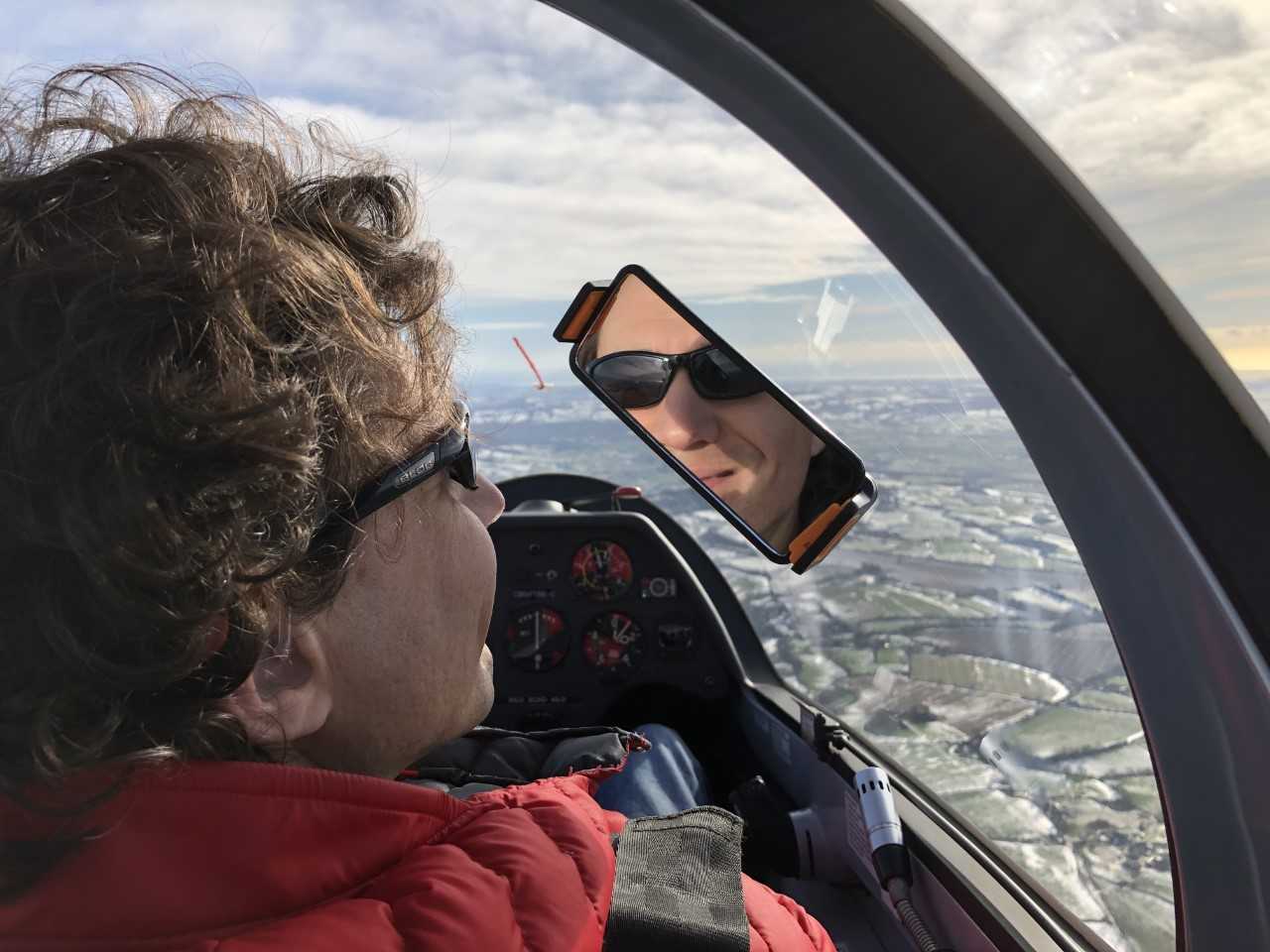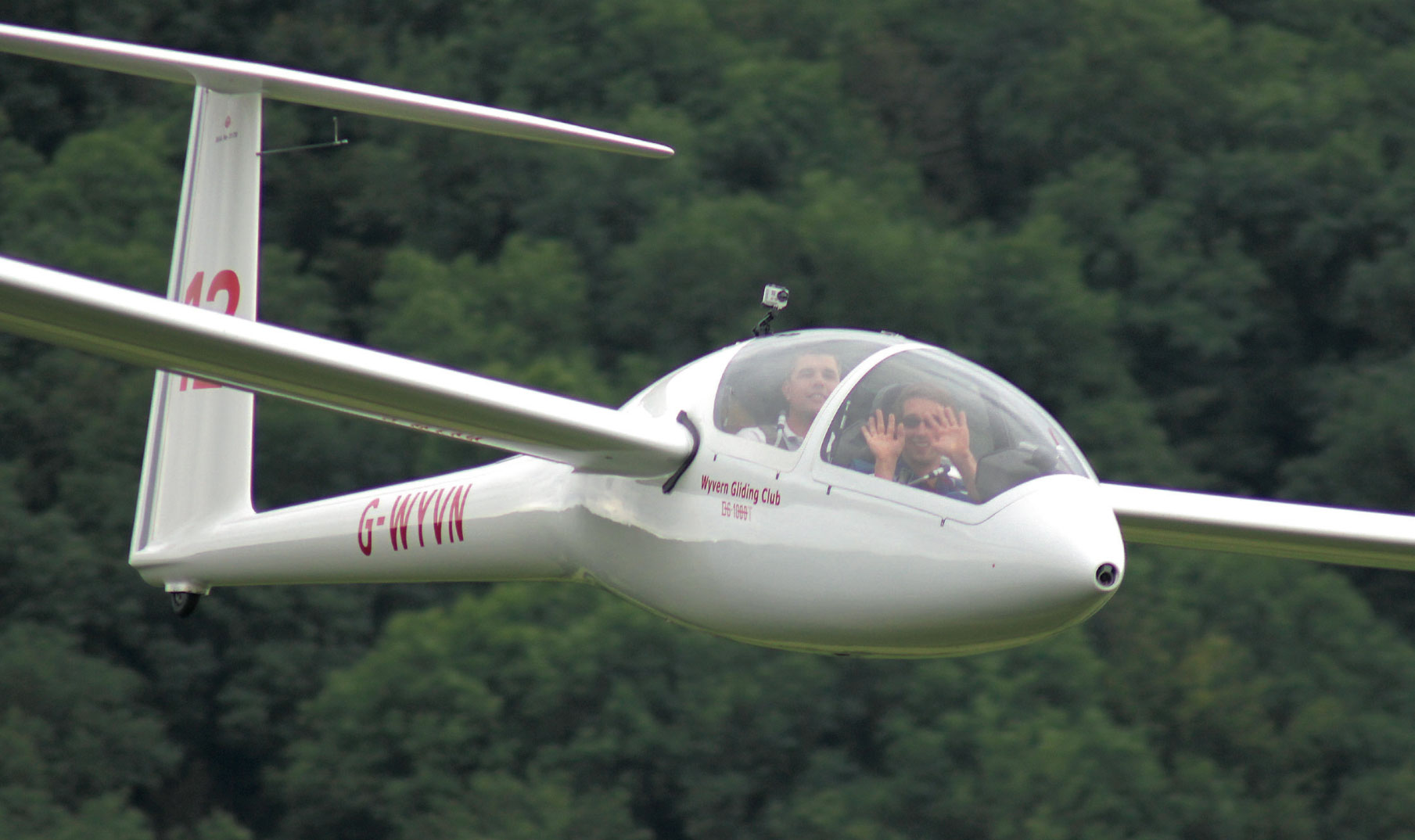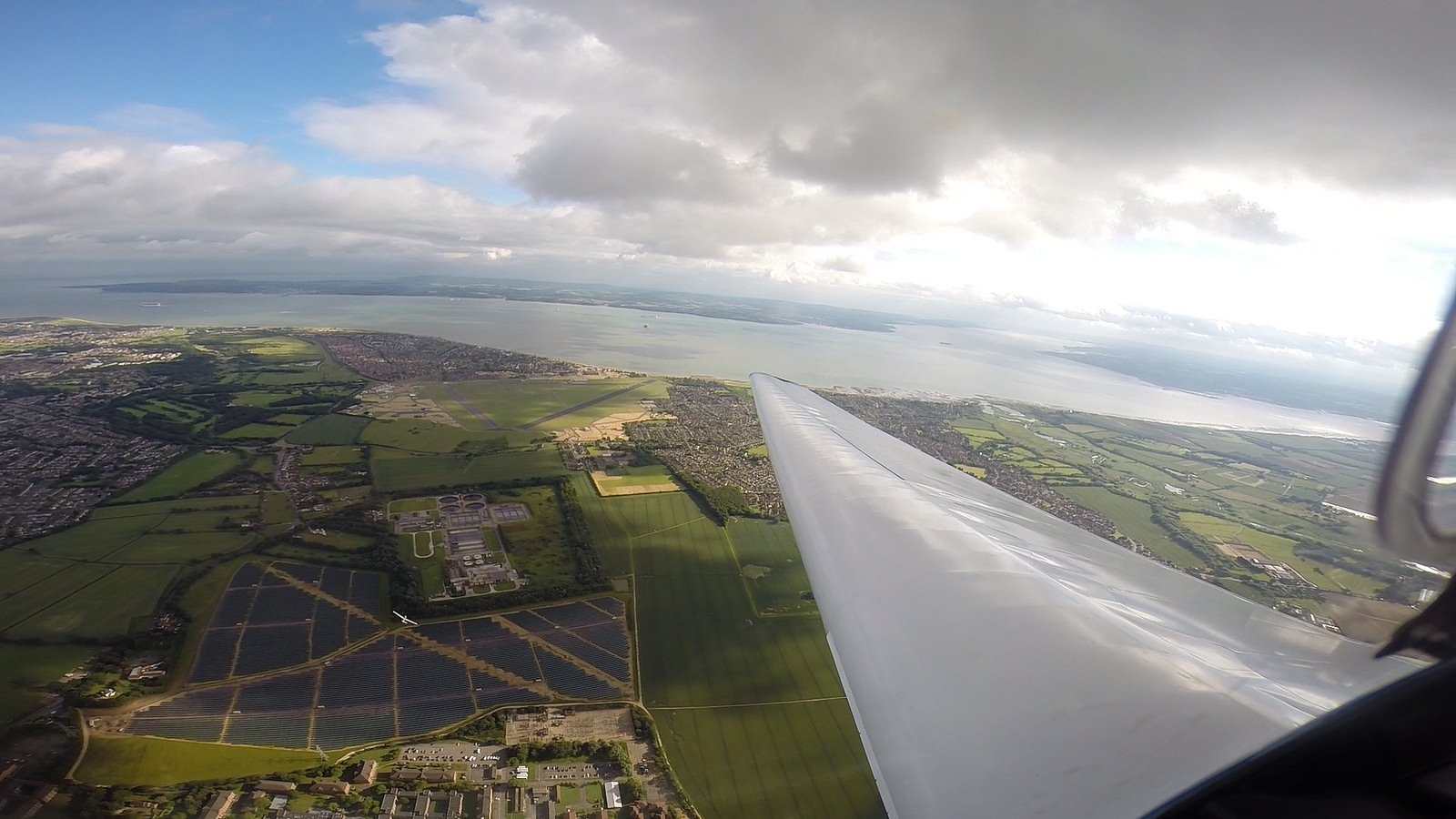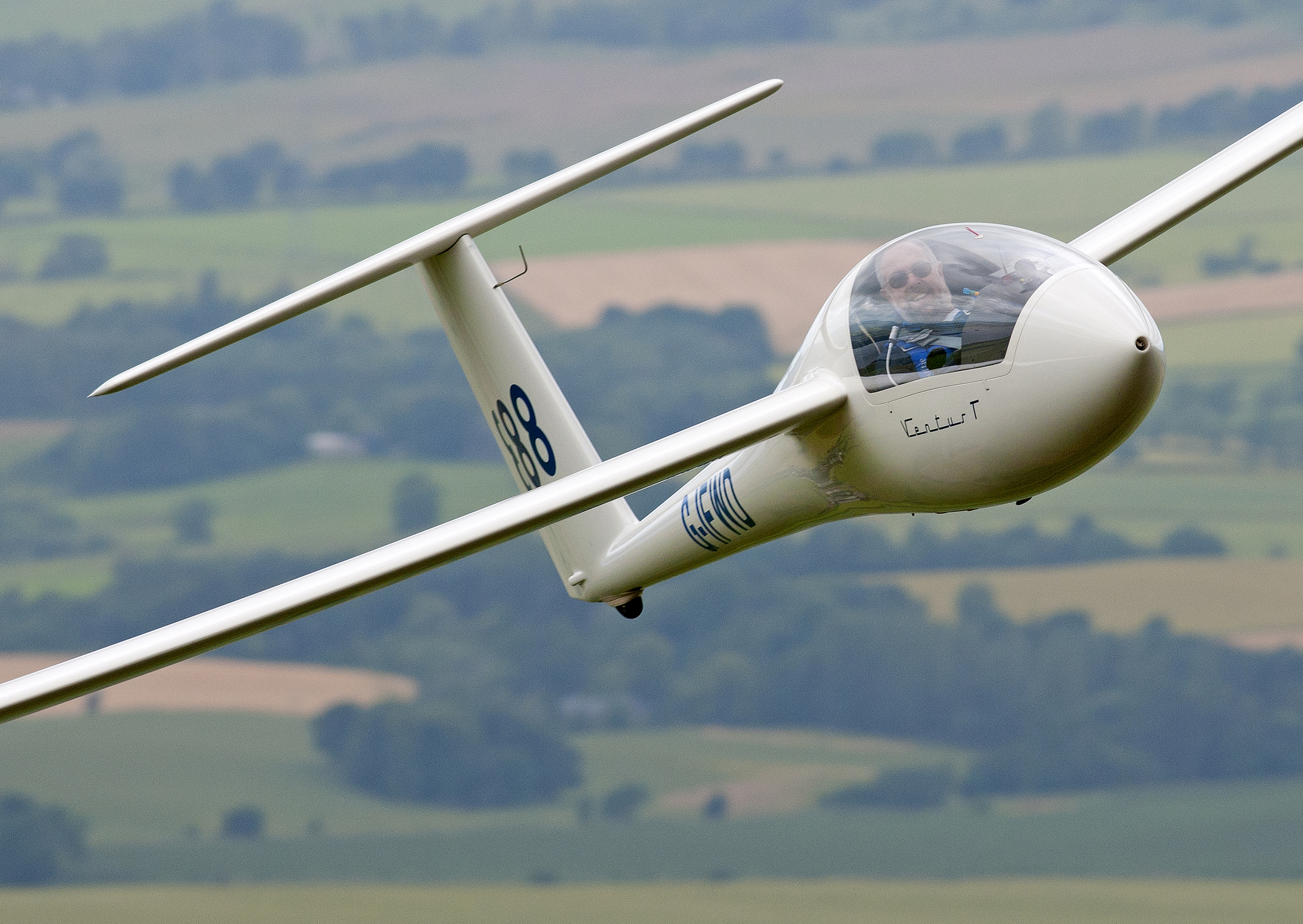If your question isn’t answered here then please do not hesitate to contact us office@gliding.co.uk
- The British Gliding Association (BGA) was formed on 27th March 1930 and is the governing body for the sport of gliding in the UK.
- The BGA’s members are the 80 clubs that provide gliding facilities for their members.
- Gliding clubs are spread throughout the UK from the Scottish Highlands to the SW tip of England and which range from small, member-run clubs to some of the largest gliding clubs in the world.
- Throughout these clubs the BGA represents and provides services to some 7,000 UK glider pilots.
- The BGA has established a network of Junior Gliding Centres within its clubs to support young people in getting involved in gliding, meeting up with other young pilots, developing skills, keeping active and having fun. Bursaries and scholarships are also available within junior gliding – which supports young pilots up to 25-years-old.
- The BGA magazine ‘Sailplane & Gliding’ (S&G) is read in more than 50 countries and has been inspiring, educating and entertaining glider pilots throughout the world since 1955. Published every other month, S&G is the world’s leading English-language gliding magazine for those learning to fly through to world champions.
- Of the 7,000 glider pilots in the UK, 1,000 are instructors – almost all of them are volunteers at their local gliding club and teach people to fly for free.
- There are 2,100 registered gliders in the UK.
- More than half a million gliding movements are flown in the UK every year.
- Each year glider pilots in the UK fly a total of around 110,000 hours.
- Glider pilots fly vast distances, with more than 1.4 million kilometres flown in gliders in the UK this year – that’s the equivalent of flying around the world 35 times!
- Glider pilots fly unpowered aircraft in the same naturally occurring currents of air that birds use to fly.
- Using these invisible currents of air known as ‘lift’, gliders can soar to great heights – up to 40,000 feet – travel at average speeds of over 100 miles per hour covering vast distances – more than 1,000km – and perform aerobatic manoeuvres. All within the UK!
- Gliding is an inclusive sport enjoyed by men and women of all ages and physical abilities. It gives a true appreciation of the air and develops superb handling skills and awareness that are essential for all pilots.
- You can fly a glider solo at 14 (there is no upper age limit) and, if considering an aviation career, gliding is the perfect way of developing technical skills as well as team working and leadership skills that are crucial on a modern flight-deck.
- Gliding is more affordable than you might think with a 30 minute training flight with an instructor costing around £15!
- Bursaries, scholarships and reduced prices are also available for younger pilots up to 25-years-old.
Please get in touch for statements on any aspect of gliding and general aviation:
Tel: 0116 289 2956
Email: office@gliding.co.uk
- As the UK governing body of gliding, the BGA has a significant responsibility in representing the interests of gliding clubs and their member glider pilots.
- The BGA works widely with Government and other organisations from the public, private and not-for-profit sectors including the Royal Aero Club (RAeC) , the GA Alliance (GAA), Europe Air Sports (EAS), the European Gliding Union (EGU) and the FAI International Gliding Commission (IGC).
- The BGA is represented within numerous other organisations and working groups in the UK and wider on a variety of important topics including safety, electronic conspicuity, airspace, outdoor sport, planning, gliding operations and gliding licencing.
- Government agencies and departments that the BGA regularly engages with includes the DfT, DCMS, European Aviation Safety Agency (EASA), UK Civil Aviation Authority (CAA), and most recently the All Party Parliamentary Group on General Aviation (APPG GA).
- The British Gliding Association (BGA) works closely with the UK CAA and other aviation stakeholders to maintain safe airspace.
- We are responsible for managing training standards in our sport and are committed to safe practices with the objective of facilitating a sport and gliding environment where the levels of risk are as low as reasonably practicable.
- Our Safety Management System encompasses all of our activities and prioritises the protection of third parties.
- Working closely with the UK CAA, the BGA supports the ongoing airworthiness of the UK glider fleet.
- BGA glider pilot training is delivered at gliding clubs by BGA approved instructors operating under the supervision of the clubs Chief Flying Instructor (CFI).
- The BGA employs a training standards manager, who is responsible for overall instructor standards, and utilises highly qualified instructor coaches to train new instructors on BGA approved instructor courses
- Gliding is an inclusive sport enjoyed by people of all ages and physical abilities.
- Gliding can give disabled people a new dimension to their lives opening up freedoms in the air that may only be dreams on the ground. Read about what gliding has done for one pilot, Steve Derwin, on the English Federation of Disability Sport blog.
- The medical requirements for flying solo are the same as those for driving a car. Gliding is probably the purest form of flying and it’s one of the cheapest as well!
- The British Gliding Team is one of the most successful gliding teams in international competition, racing round tasks of up to 500km at average speeds of over 125kph and sometimes hitting 250kph!
- Great Britain has produced 22 world champions since Team GB won their first international gold in 1952. The British Gliding Team has since gone on to record 51 top 3 finishes, earning an enviable reputation as a leading gliding nation.
- Each year a number of pilots represent the UK at World and European Championships. The pilots are selected based on their results at the various national competitions held within the UK across several classes of glider – Club, Standard, 15m, 18m, 20m and Open Class. The different classes represent different performance levels of glider.
- Great Britain is represented at both Junior (under 26 years) and Senior level, with an additional World Championship for women only.
- In the UK, club pilots compete in local, regional and national competitions and a national BGA Ladder competition running through the year.
- In 2018, the BGA Ladder recorded more than 1.4 million km flown by glider pilots in the UK – that’s almost to the moon and back twice!
- Gliders also compete for height gains – individual gliders climbed to heights of over 20,000 feet and the Ladder records a total height gain of all flights as 5.2 million feet – that’s about 200 ascents of Mt Everest!
- Pilots also represent Great Britain in the World Glider Aerobatic Championships.
- Aerobatics are an established and growing part of gliding and are an excellent means of improving pilot skills and developing pilot confidence.
- Gliding aerobatic competitions take place nationally and internationally and include a number of different classes. The youngest pilot to represent the United Kingdom in a World Gliding Aerobatic Championship was aged 15.
- Whether young or more senior in years, aerobatics does not discriminate. It is all about flying skill, airmanship…and having fun!





